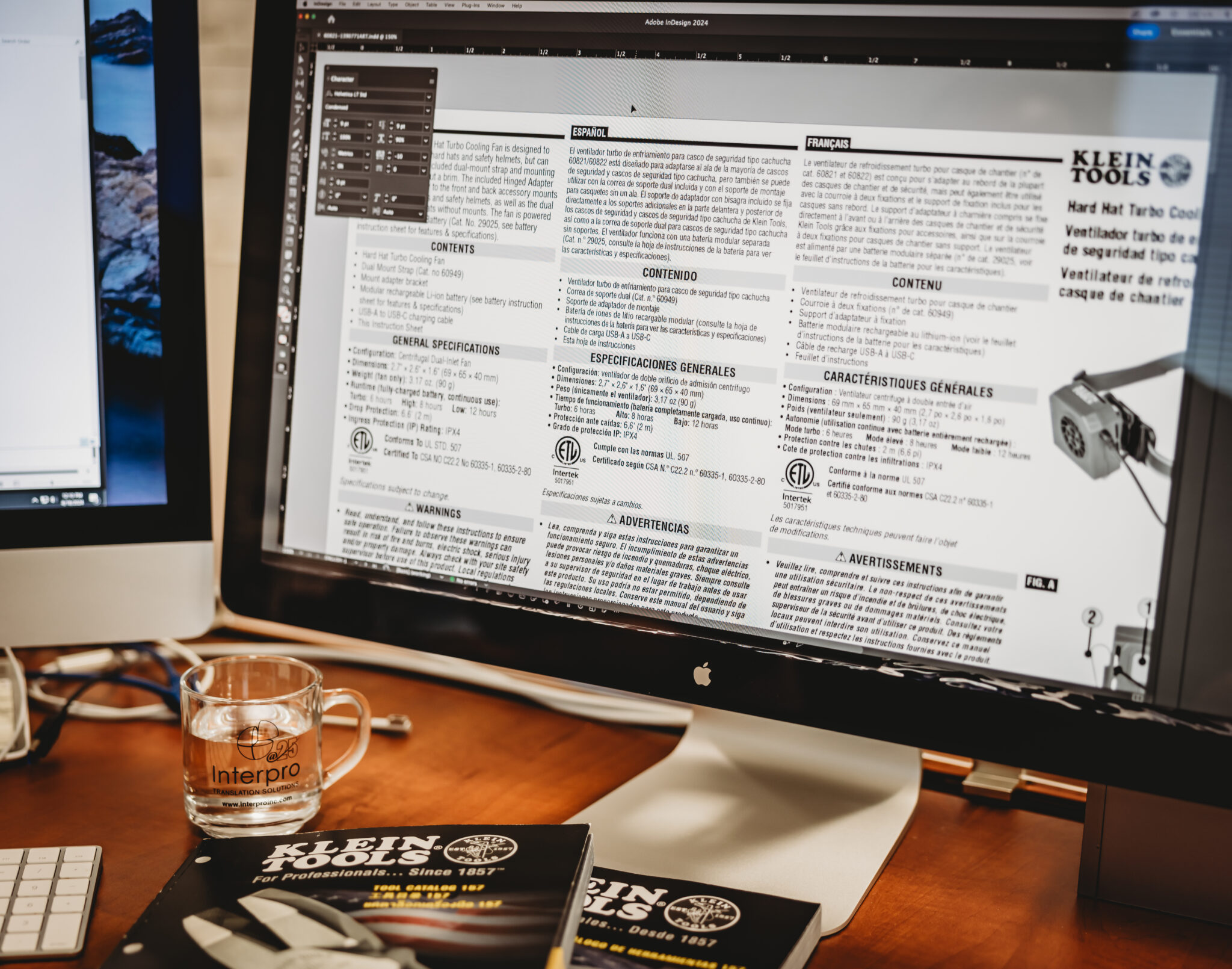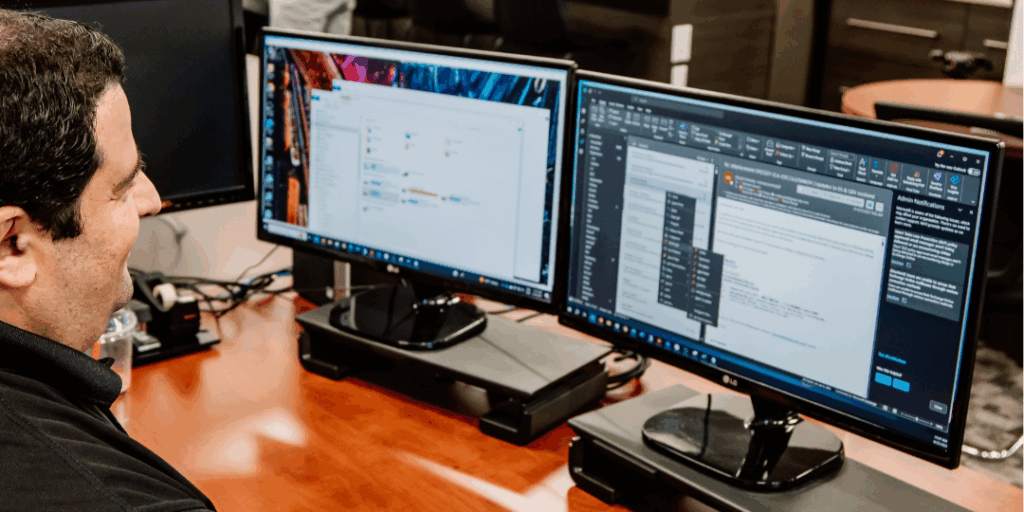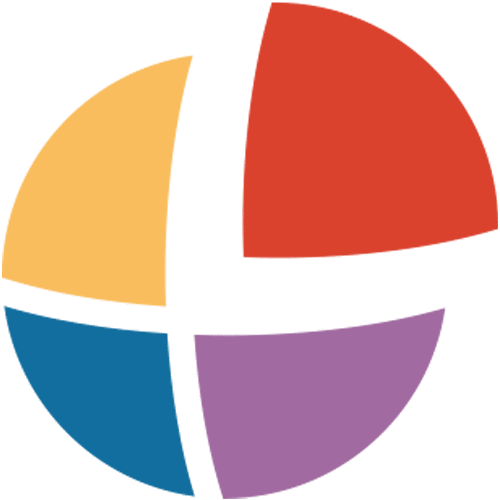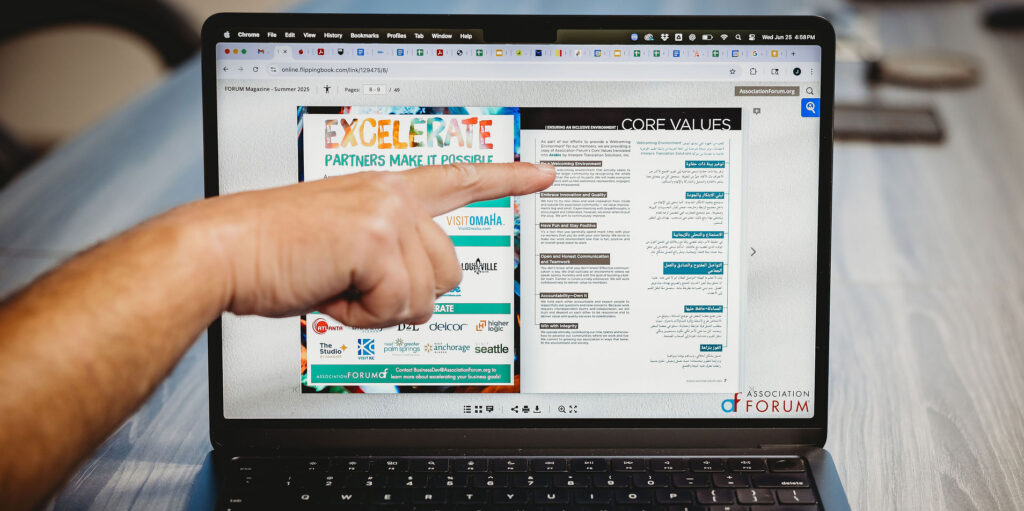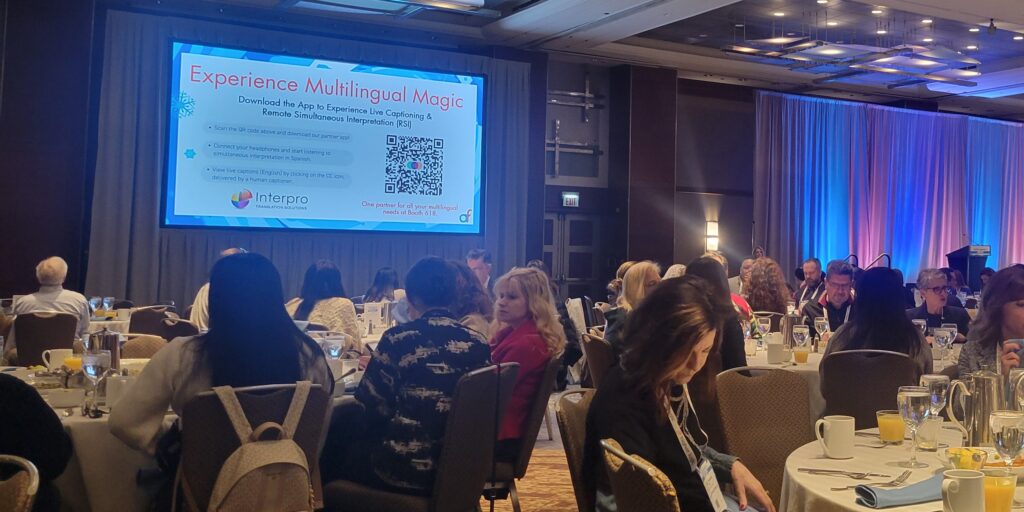
Translating technical documents requires extreme linguistic accuracy to ensure compliance, safety, and usability. In this guide, we’ll show you how to translate technical content such as manuals, datasheets, SOPs, and engineering documents effectively, while maintaining formatting, terminology, and intent across every language.
Why Technical Translation Matters in a Global Strategy
When you’re releasing a product into new markets, your technical content is often the first impression your organization makes, and a critical compliance requirement.
“When companies are growing fast and they’re training new global staff, clear communication becomes non-negotiable. Having a subject matter expert that is empowered with professional tools and tested workflows is crucial for success. Technical translations require that everyone gets the same message, which is essential for scaling efficiently and avoiding costly misunderstandings. No matter the language.”
— Nick Strozza, Interpro Translation Solutions CEO
For clarity and compliance, seek legal counsel and your industry’s regulatory authority to determine which documents are legally required to be translated.
Example of Technical Translation Requirements
Consumer goods sold in Canadian markets have language-related labeling and marking requirements. The Province of Québec requires that all products sold in the province be labeled in French. The Charter of the French Language requires the use of French on product labeling, warranty certificates, product manuals, and instructions for use, public signs, and written advertising.
What Is Technical Document Translation?
Technical document translation refers to the process of accurately translating highly-specialized content such as product manuals, engineering specs, safety documentation, and compliance reports into another language while preserving technical terminology and layout integrity.
It’s not just about getting the words right. These materials must be clear, unambiguous, and fully aligned with regulatory or operational standards in each target locale. This often requires industry-specific knowledge and collaboration between linguists, engineers, and desktop publishing professionals.
Common Types of Technical Documents We See Clients Translate:
- Technical manuals and user guides
- Engineering drawings and specs
- Standard operating procedures (SOPs)
- Material Safety data sheets (MSDS)
- Training materials for equipment or machinery
- Installation, maintenance, and troubleshooting guides
- Regulatory documentation for compliance or certification
We’ve helped several manufacturers like Armstrong International with localizing both materials for internal education, safety, and external business growth. Time and again, we have seen poorly translated documents that can:
- Confuse users or operators.
- Cause equipment misuse or safety issues.
- Violate international standards or legal requirements.
When technical translation is done right, it helps you:
- Ensure end-user safety and understanding.
- Meet international compliance standards (like CE, FDA, ISO).
- Reduce liability and protect your brand.
An example of technical translation and design for product instructions to be provided with packaging.
A single mistranslation in an instruction manual can mean product recalls, lawsuits, or reputational damage. That’s why technical translation is one of the most risk-sensitive and mission-critical services we offer.
Technical Translation Challenges (And How to Solve Them)
1. Complex Terminology
Industry-specific terms must be used consistently across all documents and languages. We solve this with client-approved glossaries, translation memory tools, and subject-matter experts.
2. Formatting and File Types
Engineering documentation and technical manuals are often built in tools like InDesign, FrameMaker, AutoCAD, or XML-based platforms. We have multilingual DTP experts and engineers who handle these file types without disrupting layouts or interactive elements.
3. Accuracy and Legal Compliance
Inaccurate translation can have legal consequences. Interpro’s translation services adhere to ISO 9001:2015 for Quality Management, and ISO 17100:2015 for Translation Services. This guarantees a multi-step QA process involving native-speaking translators, revisors, and proofreaders.
4. Volume and Version Control
Large-scale document sets, frequent updates, and overlapping product lines require careful version control. We manage centralized translation memories and maintain continuity across all documentation.
Technical SEO and Online Delivery Best Practices
If your technical documents are part of your online ecosystem such as HTML-based help centers or searchable PDF databases, it’s important to consider SEO and accessibility.
Some best practices for SEO:
- Use localized keywords in translated HTML documentation
- Optimize translated PDFs with searchable metadata
- Create region-specific pages for manuals and datasheets
- Provide multilingual support for downloads, search filters, and file naming conventions
Best Practices for Technical Document Translation
- Use in-country linguists with subject matter expertise in your domain (e.g., medical devices, mechanical engineering, software systems)
- Maintain a client-specific glossary and Translation Memory for terminology consistency
- Validate translations with side-by-side visual QA to ensure layout, symbols, and schematics are preserved
- Integrate multilingual desktop publishing (DTP) to avoid post-translation layout issues
- Review translated materials in context, especially in manuals or diagrams
Real-World Example: Global Manufacturer Saves Time & Money
Armstrong International, a leading manufacturer in energy management, came to Interpro for help localizing over 200 product manuals into 9 languages. The challenge? Complex InDesign layouts, a global website, multilingual safety training, and an aggressive launch deadline.
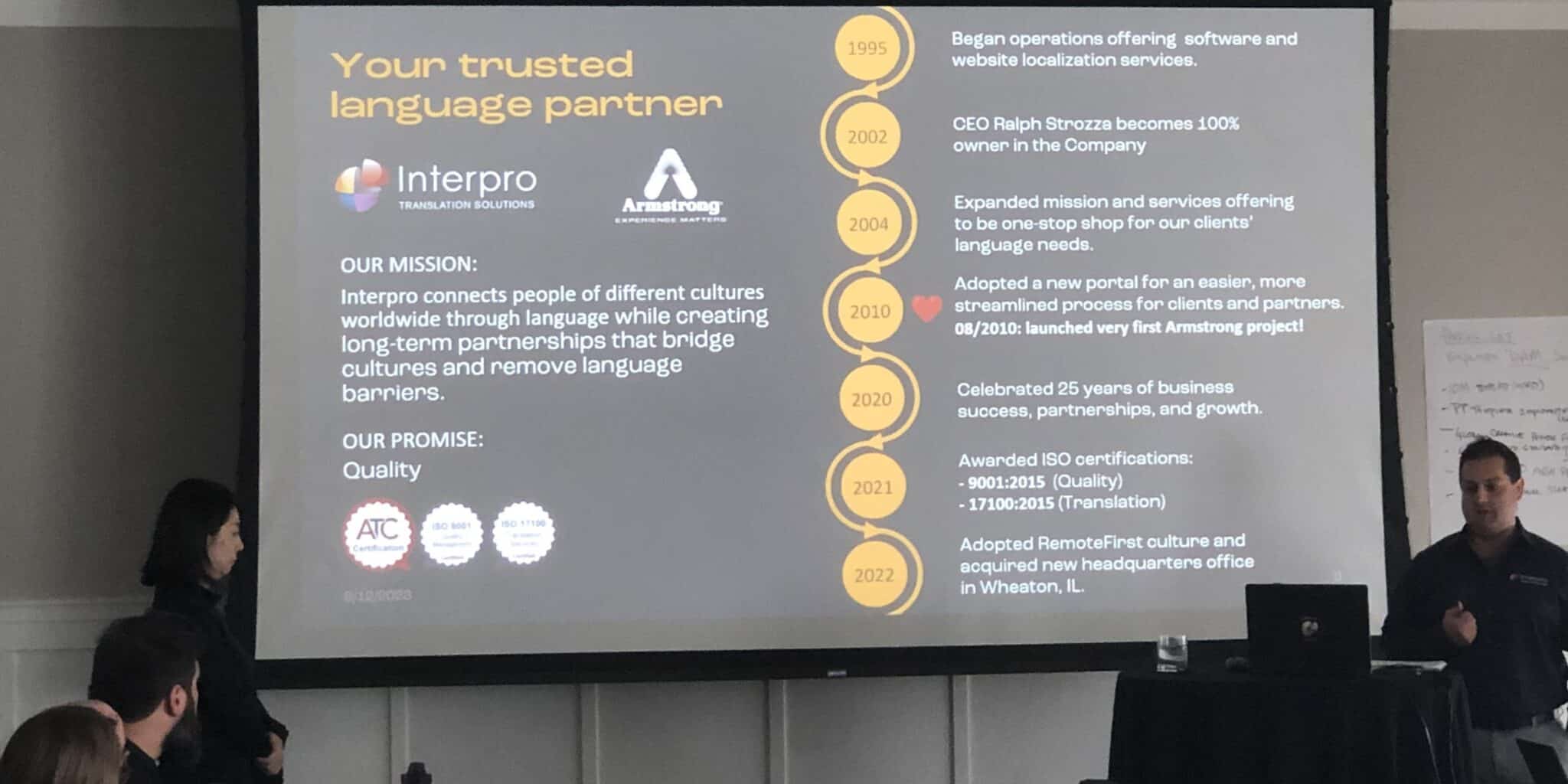
Interpro Translation Solutions provides Armstrong International consultative services, such as collaboration on global growth strategy, advice for preparing documents for translation, and workflow management.
Interpro’s team developed a customized workflow using translation memory and automated QA tools. The client avoided redundant translation costs, decreased time to market, and launched globally with confidence.
What to Look for in a Technical Translation Company
Not all translation providers are built for technical content. We recommend looking for a partner that offers:
- Subject matter experts experienced in technical document translation services across industries
- Multilingual DTP specialists and engineers with the capabilities to handle multimedia
- In-country translators that are native speakers with engineering or scientific backgrounds
- ISO-certified services, certified translations, and layered quality assurance checks
- A consultative approach that includes glossary creation, feedback loops, and collaboration
Let’s Fix Your Biggest Technical Translation Challenges
Give us a challenging page from your technical manual, and book a free sample translation to find solutions for any of your technical translation challenges.
The advice we provide is based on translating over 350 million words and thousands of projects. When you prep smarter, your translations go smoother, faster, and are more cost effective. When you need to translate technical manuals, specs, or engineering documents, Interpro provides world-class certified translation services for technical documents in 128+ languages.
Category: Translation
Tags: Indesign Translation, Multilingual DTP
Service: Document Translation, Translation Services
Don't forget to share this post!
Stay Updated with Interpro
Subscribe to our newsletter for the latest updates and insights in translation and localization.


